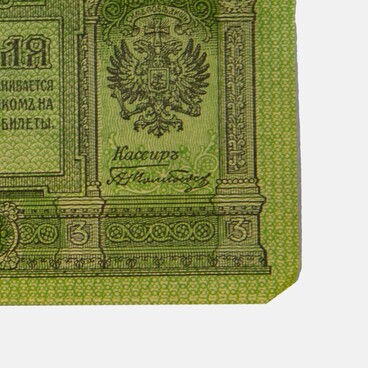The first coins of this kind appeared as an imitation of copper rings, which were the prototype of modern money. Chinese coins differed in size and weight depending on the state and dynasty they were issued in. The earliest coins, oftentimes, featured only the indication of weight and less often the place where they were cast. Over time, round coins with a hole replaced all the others from circulation. The establishment of a single centralized state during the Tang Dynasty contributed to the strengthening of the economy and the establishment of a stable monetary unit — coins weighing one qian. As a rule, qians were cast from bronze, sometimes copper, brass, or iron. Coins were cast at many mints all over China, some provinces even had two or three of them.
There are several thousand varieties of the qian. In 19th-century China, the constantly increasing export of silver increased its price. The purchasing power of qian was falling catastrophically, which was greatly facilitated by the increasingly deteriorating quality of newly issued coins. Regular import of foreign goods significantly reduced local production. The urban and peasant population faced increasing impoverishment, due to new taxes imposed by the government in search of new sources of income, defective coins and rising unemployment. All this caused constant unrest. After the monetary reform of 1889, when the yuan was established as a monetary unit equal to the silver Mexican peso, the qian continued to be used in circulation as a currency unit equal to 1⁄1000 yuan or 1⁄10 fyn.
In the early 20th century, some mints began to not only cast the quian, but also mint it. Coins made by minting often did not have a hole, and the denomination on them was indicated not only in Chinese, but also in English. Many types of multiple denominations (2, 5, 10, 20 qian and others) were minted, some of which were previously made by casting. The production of qian coins was discontinued in the 1930s. They were withdrawn from circulation during the monetary reform of 1948–1952, which standardized monetary circulation in China. The Chinese qian served as a model for coins in many other territories. Direct imitations or coins of the Qian type were minted in Sogdia, the Türgesh Khaganate, Japan (mon), and later in Korea (mun) and Vietnam. Coins of this type were minted for British Hong Kong in 1863–1866, and for French Indochina in 1879–1905.



